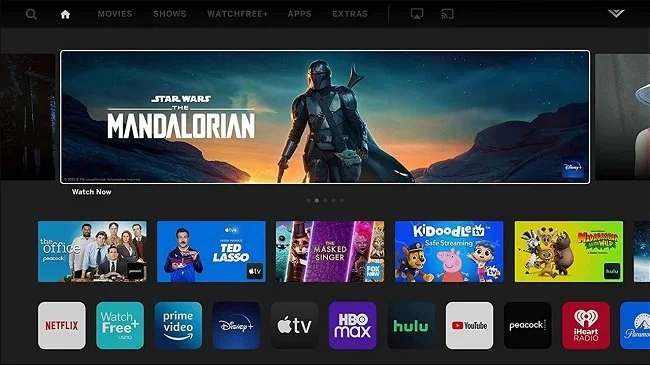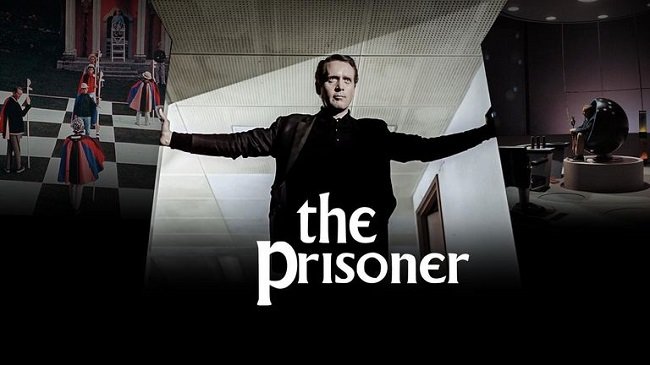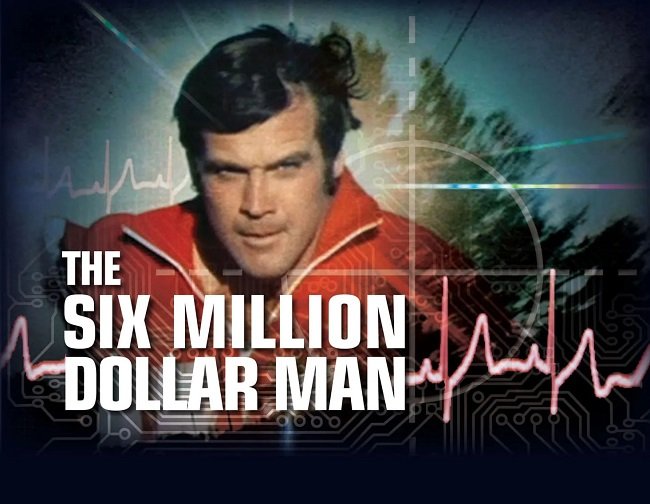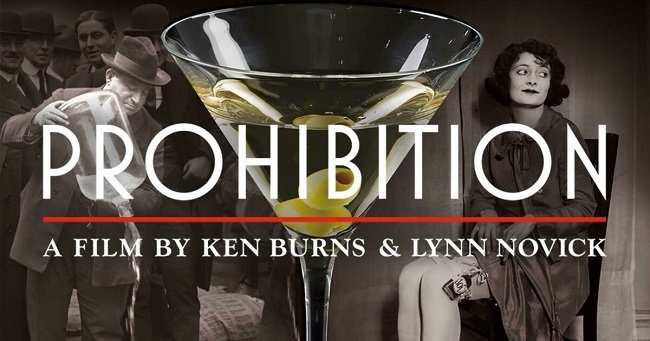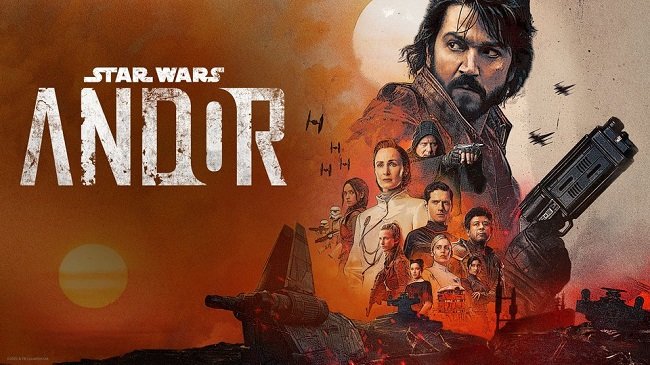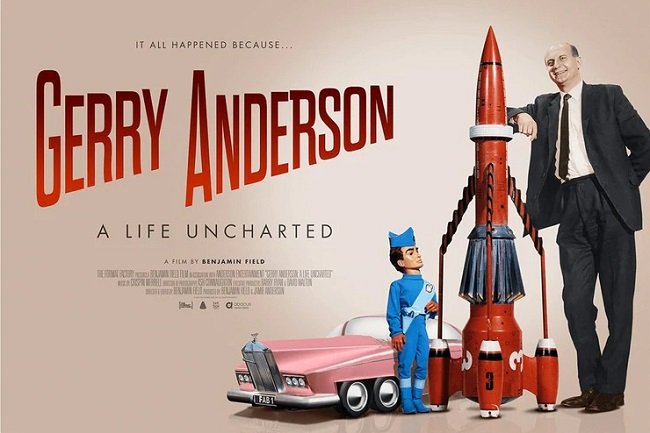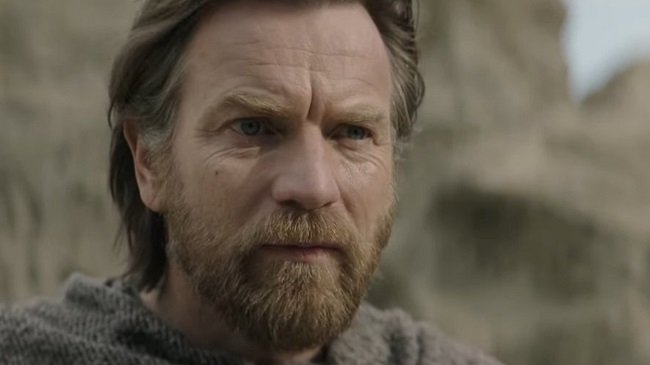Peanuts, Charlie Brown and Vince Guaraldi
Growing up in the seventies, although a great deal of US pop culture bled through into British life through the medium of television, much of it remained abstract and somewhat obscure. Common place mainstays of American life such as Thanksgiving, Halloween, Baseball and Proms were social curiosities to many Brits. International travel beyond Europe was still not common place at the time and England still had one foot very much in its past and was loyal to its own parochial traditions. As a child, although explanations could be found in books for all these cultural “differences”, they seldom provided a sense of context or understanding. For me, that came via the medium of another child, albeit a fictitious one. Namely Charlie Brown and his friends, courtesy of Charles M. Schulz.
Peanuts was syndicated in several UK newspapers and one of these was delivered to my home every day of the week. This was how I was introduced to the iconic, four panel, cartoon strip. It depicted a world from the children’s perspective; adults existed but were usually only alluded to, rather than shown. The trials and tribulations of Charlie Brown and all the other characters showed me that there was a universal commonality to childhood throughout the world. We all struggled with the complex social dynamics of school and the way we interact with our peers. There was and remains a wholesome honesty about Peanuts. It doesn’t shy away from childhood trauma but wisely depicts the profound significance and restorative value of friendship.
Because Peanuts reflected the daily lives of its central characters it naturally embraced the zeitgeist of the times. It was here I discovered the significance of Thanksgiving and the customs associated with Halloween. To my surprise these were far from esoteric and not too dissimilar to some of the festivals found in British life. Because of the foibles of UK broadcasting at the time, I specifically associate the television adaptations of Peanuts, with the summer TV schedule and the winter holidays. Even as a child, I enjoyed the minimalist visual style of the animation. Although this was most likely driven by costs, it captured the matter of fact style of the cartoon strip and allowed for focus on the central characters. I always thought these shows benefitted greatly by using child voice actors. As for the sequences depicting the interactions between Snoopy and Woodstock, they’re sublime.
And of course, it would be utterly remiss of me to reference the sixties and seventies television adaptations, without mentioning the indispensable soundtracks by Jazz Pianist, Vince Guaraldi. His musical interpretation of Charlie Brown’s world left a profound impression upon me as a child, which remains to this day. I recently discovered that all his work from these shows is available to buy. Let it suffice to say that music is indeed a touchstone for memories and nostalgia. Within seconds of listening to the track Linus and Lucy, I was transported back to the seventies, my mind awash with thoughts and feeling from that time. So, thank you Peanuts, Charlie Brown and Vince Guaraldi. I am indebted to you Charles M. Schulz. You provided me with a wider view of the world and helped a child understand it.












